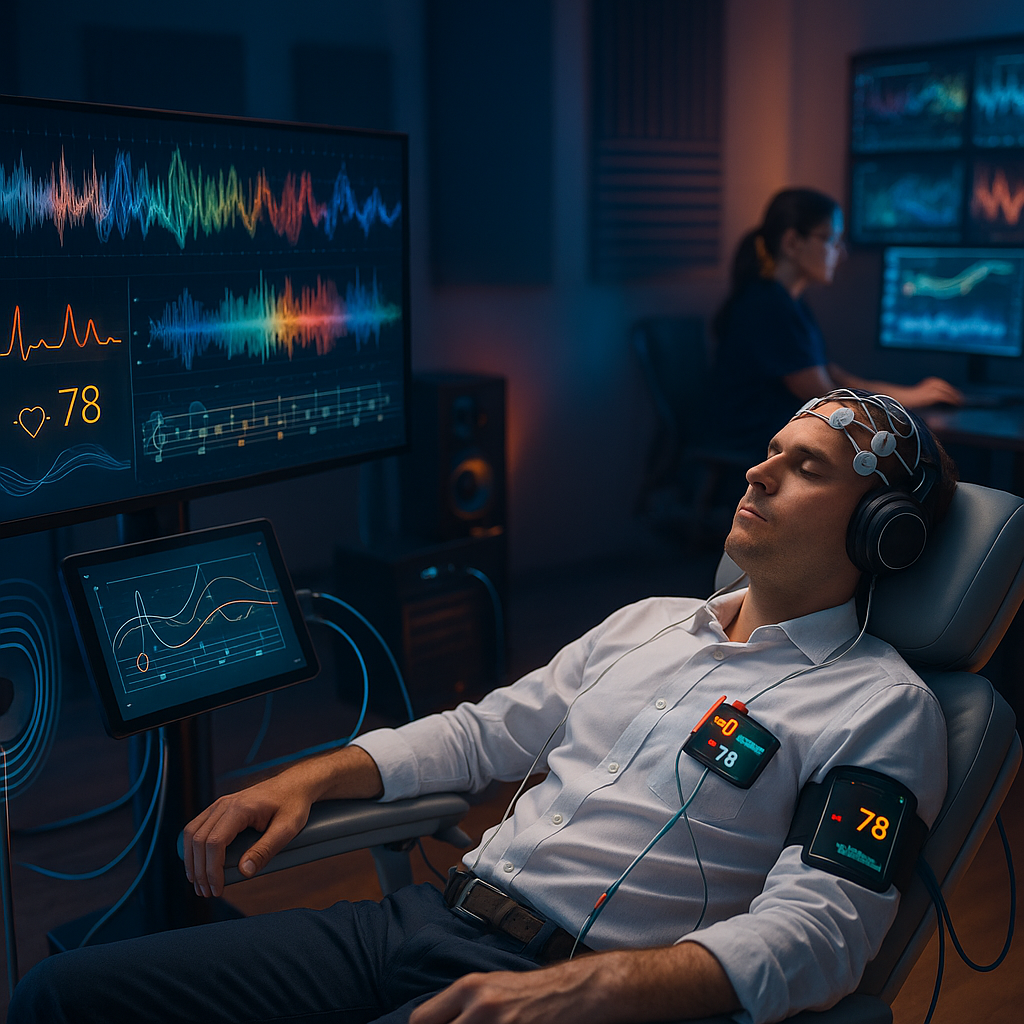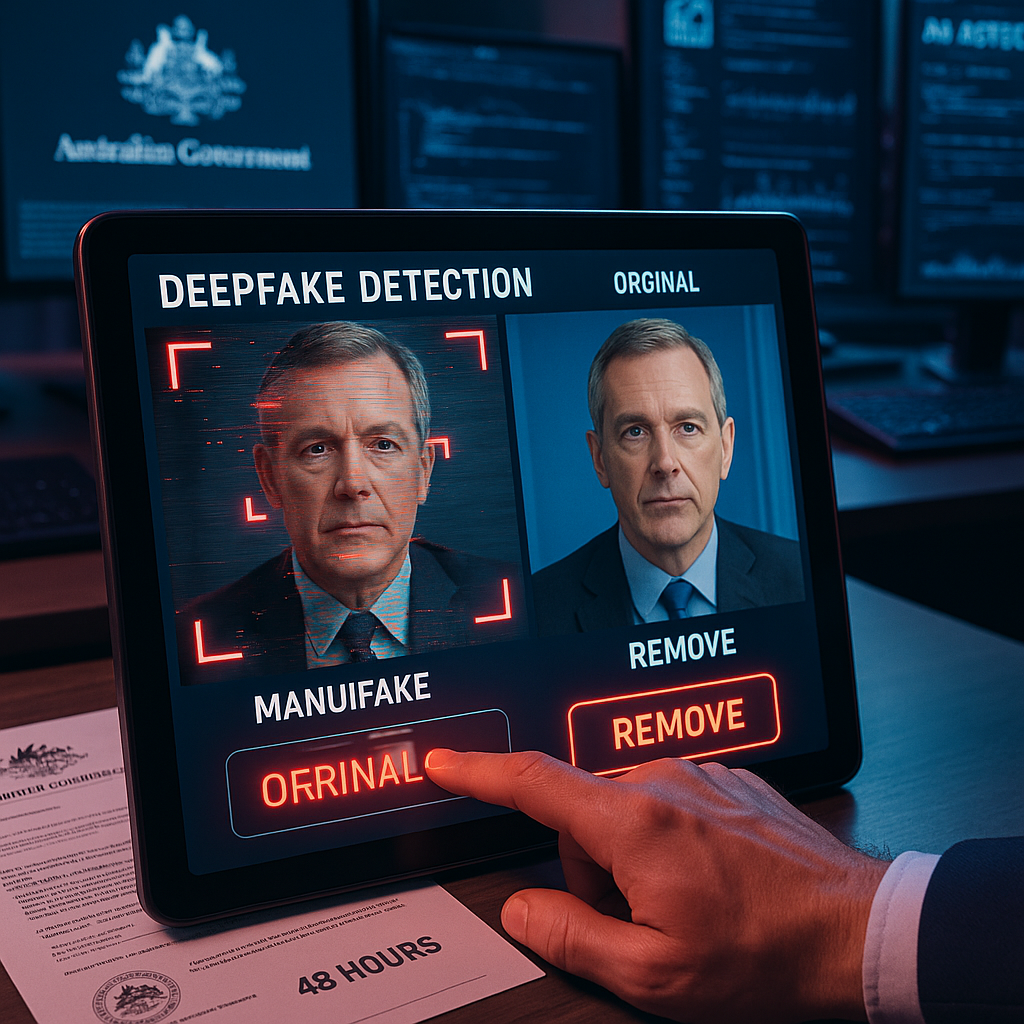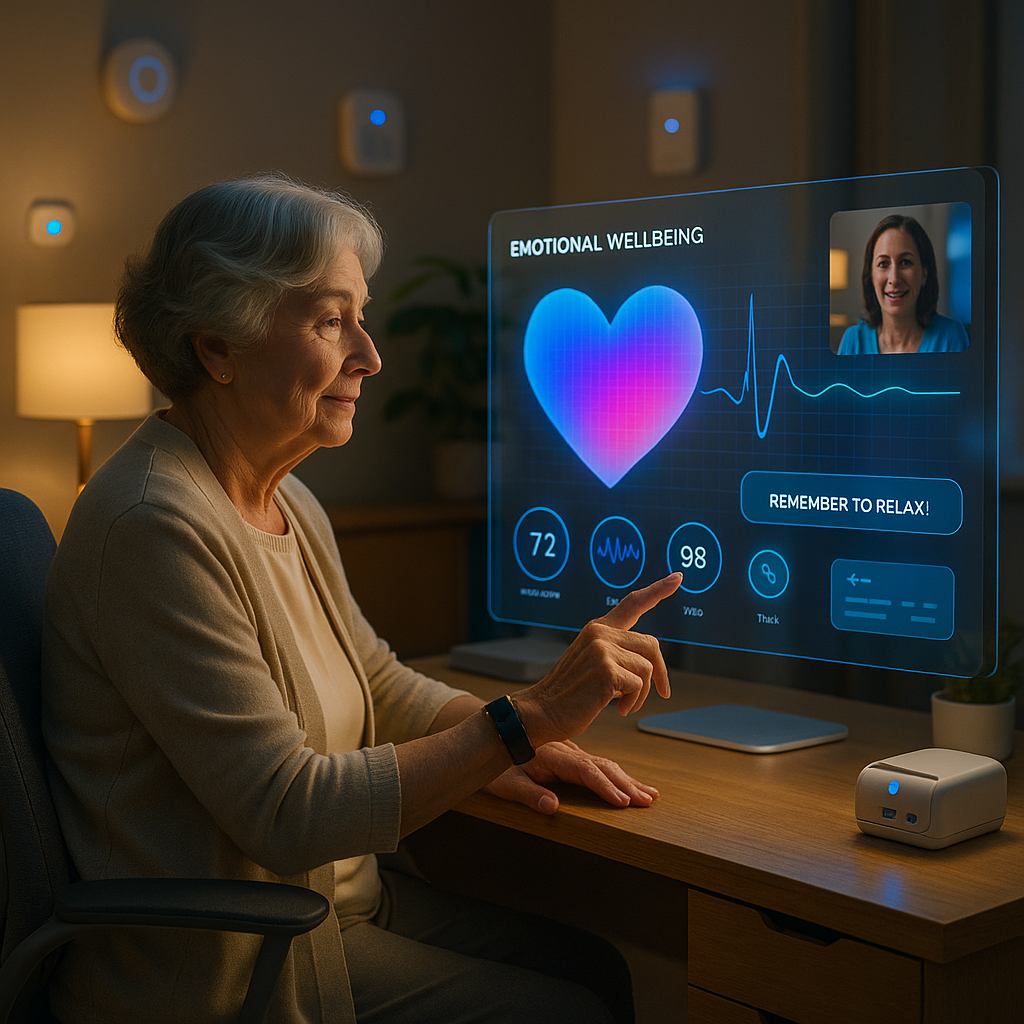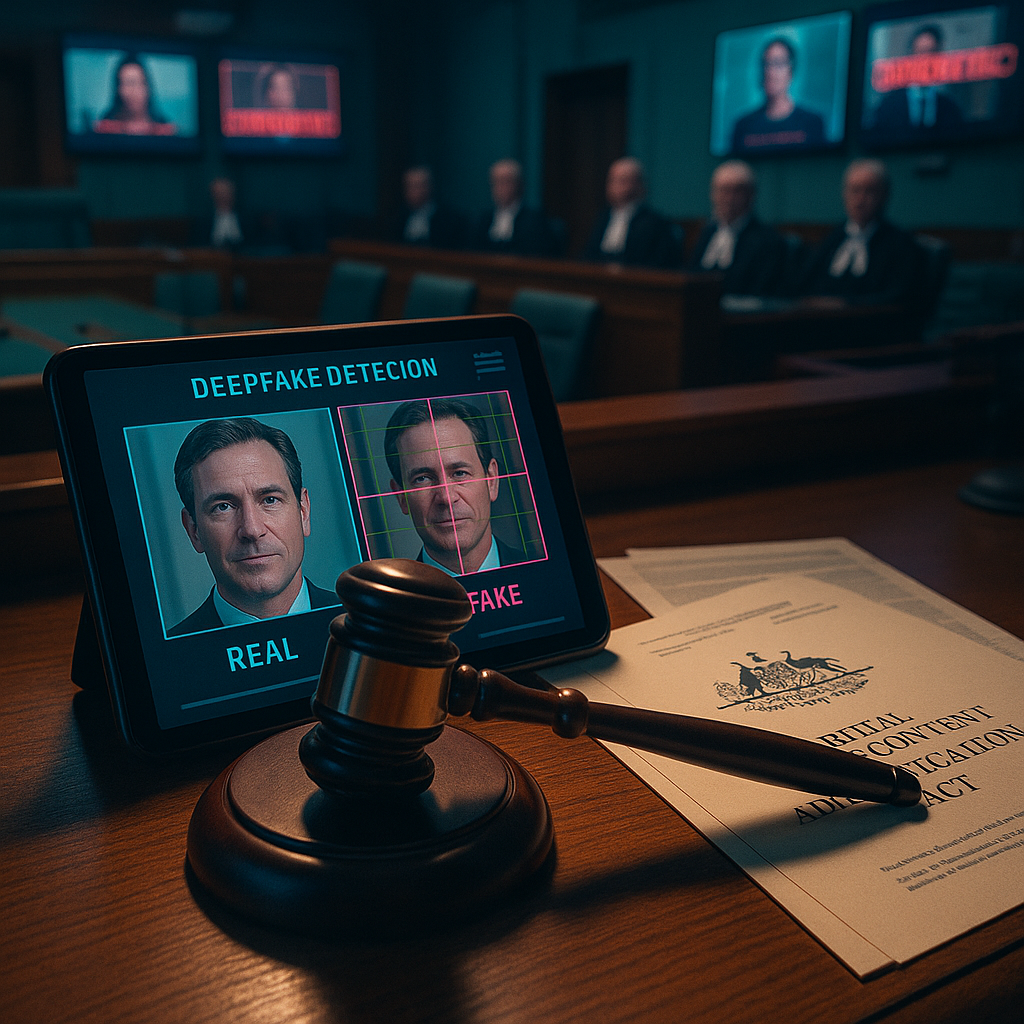Key Takeaways
- Biometric-driven playlists adapt in real time: AI systems leverage biometric data (including heart rate, EEG, and skin conductance) to shape musical experiences moment by moment. This ensures therapy remains highly responsive to each patient’s unique physiological state.
- Personalized music therapy elevates clinical credibility: By embedding scientific measurement into every therapeutic session, AI-generated music allows for outcomes that are both quantifiable and trackable. This approach bridges the gap between holistic art and evidence-based medicine.
- AI replaces one-size-fits-all with precision healing: Recognizing that no two bodies respond to music in the same way, AI uses neurotechnology and health data to create soundtracks tailored for hyper-targeted care and individual needs.
- A new ally in pain and dementia care: For individuals facing chronic pain or dementia, AI-powered therapeutic music offers a non-pharmacological path to relief, providing a side-effect-free alternative to traditional interventions such as opioids.
- Dynamic integration with health tech platforms: AI music therapy seamlessly merges with wearables, smartphones, and clinical monitors, transforming everyday devices into channels for responsive, continuous therapeutic support.
- Expanding access and agency for patients: Adaptive, technologically guided music therapy democratizes healing, making personalized care available beyond specialist clinics, wherever connected devices intersect with individual bodies.
Biometric-powered, AI-driven music therapy is redefining sound as measurable medicine, attuning healing to the living rhythms of each individual rather than a generic diagnosis. Now, let’s delve into how this synthesis of art, science, and technology unlocks new possibilities for health, agency, and the restorative power of music.
Introduction
Imagine if healing moved beyond the confines of pharmaceuticals or static playlists, and instead became a living symphony, finely tuned to the unique cadence of your body. AI-driven music therapy is steadily dissolving boundaries among mind, machine, and medicine, harnessing real-time biometric data (your heart rhythms, brainwaves, and even the electrical signals of your skin) to compose adaptive soundscapes engineered for measurable relief.
What was once a background comfort now becomes a clinical tool. Through integration with wearables and health platforms, adaptive music therapy delivers precise, non-invasive support for managing chronic pain and dementia. This new frontier puts evidence-driven, personalized care within reach, wherever our digital lives and biological selves mingle.
Let’s explore how AI-powered music therapy translates biometric signals into new avenues for agency, healing, and self-reconnection, forging a path toward truly individualized care.
Stay Sharp. Stay Ahead.
Join our Telegram Channel for exclusive content, real insights,
engage with us and other members and get access to
insider updates, early news and top insights.
 Join the Channel
Join the Channel
The Science Behind AI Music Therapy and Biometric Data
To fully appreciate the leap forward that AI music therapy represents, it’s essential to understand the core science connecting physiology, sound, and artificial intelligence. At the center is a dynamic feedback loop: each patient’s real-time physiological signals inform the evolution of therapeutic music, making every session as unique as the individual.
Biometric Foundations
Contemporary AI music therapy platforms gather and interpret a wide spectrum of physiological markers, including:
- Heart rate variability (HRV)
- Respiratory patterns
- Skin conductance levels, which reflect stress and emotional arousal
- Brain activity measured via EEG
- Muscle tension tracked with EMG
These real-time measures offer an inside look at the patient’s autonomic nervous system status. Unlike standard music therapy, where practitioners must rely on observable behavioral cues or patient self-report, AI monitoring detects even the most subtle shifts within milliseconds, enabling rapid, precise adjustments to therapeutic strategies.
Neural-Musical Mapping
AI systems apply advanced algorithms to link biological signals with core elements of musical composition. Through this “biosynchronous composition,” music itself becomes a living mirror of the listener’s physiological condition:
- Musical tempo synchronizes with heart rate, gently guiding or stabilizing arousal
- Harmonic complexity flexes according to the listener’s brainwave patterns, supporting focus or relaxation
- Dynamic range adapts to stress indicators by softening or intensifying sound as needed
- Instrumentation and timbre shift in response to muscular tension, introducing soothing or energizing elements
Through these precisely crafted feedback loops, music therapy moves decisively from an art grounded in intuition to an evidence-backed therapeutic tool, where each auditory detail serves a clinical purpose.
Cross-Industry Applications of Biometric Monitoring
AI-driven biometric feedback is not confined to music therapy alone. In sports science, real-time physiological tracking personalizes athletic training regimens for peak performance. In education, biometric data provides insights that enable adaptive learning environments, helping students manage stress and focus levels. Financial and legal sectors are also exploring AI analyses of biometric stress signals to enhance risk assessment and client support during high-stakes negotiations. By cross-pollinating these advancements, healthcare music therapy gains both validation and inspiration.
How AI Personalizes Healing Through Music
The greatest promise of AI-powered music therapy lies in its deeply individualized, continuously evolving nature, shaped by each person’s responses in real time.
Adaptive Learning Systems
AI platforms underpin their personalization with machine learning mechanisms that:
- Continuously update detailed patient profiles, integrating ongoing physiological feedback
- Unearth patterns that identify which musical parameters drive the strongest beneficial responses for each individual
- Anticipate and apply the musical interventions most likely to achieve therapeutic goals, using predictive analytics
- Refine therapeutic strategies as more data accumulates, optimizing treatment with every session
This architecture means the therapy adapts precisely as the user’s needs shift, whether session to session or minute to minute.
Personalized Soundscapes
AI-driven systems create rich, individually tailored sound environments by blending:
- Culturally relevant musical traditions, honoring patient identity and history
- Personal memories or preferred genres, intensifying emotional resonance
- Psychoacoustic frequency pairings known to impact neurochemistry
- Rhythmic structures custom-matched to physiological states
Such soundscapes respond fluidly to nuances in the patient’s mental and bodily state, resulting in a co-created, interactive healing experience.
Broadening Personalization Across Sectors
Personalization driven by real-time data is transforming patient care in diverse fields beyond music therapy. In healthcare, AI tailors physical rehabilitation workouts to pace and fatigue, while in mental health apps, it crafts meditations responding to mood. Retailers are personalizing experiences by adjusting in-store lighting or music in response to aggregate biometric readings, creating spaces that feel intuitively comfortable. This wave of hyper-personalization underscores a broader movement toward care and services as living, responsive processes.
Applications in Pain Management, Dementia, and Beyond
Chronic Pain Management
AI music therapy is already showing clinical efficacy across persistent pain conditions by:
- Neurological Distraction: Immersive soundscapes divert attention away from pain signals, easing subjective suffering
- Autonomic Regulation: Carefully tuned rhythms stabilize physiological stress, supporting relaxation and pain tolerance
- Emotional Processing: Personalized, narrative-rich music helps patients reframe their relationship to chronic pain
Studies report 30-45% greater pain reduction for patients utilizing adaptive AI music compared to traditional approaches. Hospitals and clinics are increasingly integrating such systems to complement medication or, in some cases, reduce reliance on painkillers.
Dementia Care Innovation
For those living with dementia, AI-informed music therapy provides:
- Memory Stimulation: Custom compositions incorporate songs meaningful to the individual’s biography, sparking memories and recognition
- Cognitive Engagement: Soundscapes adjust to sustain attention and channel agitation into safe, rhythmic movement
- Behavioral Regulation: Real-time adaptation helps preempt and de-escalate episodes of sundowning or emotional disturbance
Clinical programs show up to a 60% reduction in agitation and substantial improvements in social interaction, marking AI music as a vital new tool in dementia treatment toolkits.
Stay Sharp. Stay Ahead.
Join our Telegram Channel for exclusive content, real insights,
engage with us and other members and get access to
insider updates, early news and top insights.
 Join the Channel
Join the Channel
Cross-Disciplinary Applications
The impact of adaptive music therapy extends further. In psychiatric care, it’s helping manage anxiety and depressive symptoms by modulating emotional states through tailored audio cues. In educational contexts, adaptive sound environments are used to improve learning outcomes for neurodiverse students, adjusting stimuli to support focus or calm as needed. For occupational therapy and rehabilitation, syncing music to movement data fosters greater engagement and recovery.
Seamless Integration with Health Tech Ecosystems
Technical Infrastructure
Modern AI music therapy solutions are built to fit naturally into the fabric of digital healthcare and consumer life, offering:
- Cloud-Based Access: Sessions and analytics are instantly available on smartphones, tablets, and home speakers
- Electronic Medical Record (EMR) Integration: Automatic logging of patient progress and outcomes for clinical review
- Telemedicine Compatibility: Therapists can deliver, modify, or supervise sessions remotely, widening access for rural or mobility-limited populations
- Rigorous Data Security: Platforms follow stringent protocols (such as HIPAA), ensuring privacy and safety of sensitive health data
Accessibility and Diversity of Delivery
These innovations bring therapy to a range of settings:
- Mobile apps empower patients at home, ideal for long-term management of chronic conditions
- Integrated clinical systems support therapists in hospitals, nursing homes, and rehabilitation centers
- Hybrid approaches blend in-person sessions with remote, real-time adaptation, which is especially critical during public health crises
- Scalable designs make it feasible for both high-tech institutions and resource-limited community clinics
Cross-Industry Synergies
Such seamless connectivity is mirrored in other domains. In finance, biometric integrations enhance security and risk management. In environmental science, real-time data from wearables and sensors guides individualized interventions for outdoor activity in extreme conditions. This interconnectedness demonstrates the growing potential for AI-augmented care across the societal spectrum.
Bridging Art, Science, and Agency in Modern Healing
Evidence-Based Creativity
AI-powered music therapy stands at a compelling crossroads. It marries scientific rigor with the nuance and unpredictability of creative expression:
- Data-Driven Results: Detailed analytics provide transparent insights into individual and group progress, supporting clinical research and insurance adoption
- Preserved Musical Integrity: Algorithmically generated music still honors artistic values, sometimes even involving live musicians adaptively collaborating with AI
- Amplified Patient Agency: Patients can communicate preferences directly to the system, adjusting treatments to maximize comfort, meaning, and efficacy
Envisioning the Next Therapeutic Revolution
The fast-growing potential of AI music therapy points toward a future brimming with possibility:
- Integration with virtual and augmented reality environments, delivering multisensory experiences that engage sight, sound, and even touch
- Enhanced emotional recognition engines, utilizing facial expression or vocal tone to interpret patient needs more deeply
- Preventative applications, where adaptive music supports stress management and emotional well-being before symptoms escalate
- Community-driven healing, with platforms enabling group participation, cultural musical exchange, and scalable delivery to underserved populations
Art and science, long seen as distinct realms, here become co-creators of a new healing paradigm. This is one that is personal, measurable, and profoundly engaging.
Conclusion
AI-powered music therapy is shifting the very architecture of modern healing. It transforms music from generalized comfort into a bespoke, data-informed intervention finely tuned to each individual’s physiology and experience. By connecting biometric signals to adaptive, biosynchronous compositions, clinicians and patients alike benefit from a therapeutic process that is not just scientifically credible, but deeply personal.
This technology is already making waves in treating chronic pain, dementia, anxiety, and other long-standing health issues. It offers side-effect-free, patient-centered alternatives that standard approaches so often overlook. As health tech continues to evolve, the integration of AI-driven music therapy with wearable devices, telemedicine, and comprehensive health platforms will democratize access and amplify impact.
The path forward invites us to imagine care not as a static prescription, but as a dynamic, co-created art. As artificial intelligence harmonizes with our innate responses to sound, those at the frontier of this movement are pioneering new standards for dignity, engagement, and agency in healthcare. The future will reward those who see healing as both a science and an art, adapting with us, and for us, one note, one heartbeat, one human at a time.





Leave a Reply